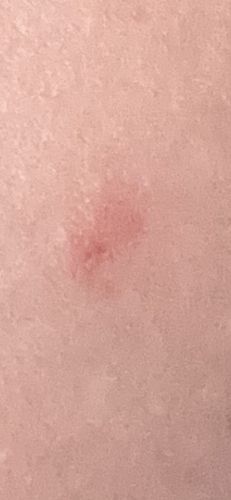Ant
Scientific Name: Formicidae (family)
Order & Family: Hymenoptera, Formicidae
Size: 0.75 mm to 30 mm (0.03 to 1.2 inches)

Natural Habitat
Widely varied, including forests, deserts, homes, gardens, and urban areas; they typically build nests (anthills) in soil, wood, or under rocks.
Diet & Feeding
Omnivorous; diet varies greatly by species but often includes nectar, seeds, fungi, other insects (live or dead), and household food scraps.
Behavior Patterns
Highly social insects living in organized colonies with a queen, worker ants, and male ants. They communicate using pheromones, organize foraging parties, defend their territory, and care for their young. Some species exhibit complex behaviors like farming fungi or herding aphids.
Risks & Benefits
Potential risks include painful bites or stings (e.g., fire ants, red imported fire ants) that can cause allergic reactions in sensitive individuals. Some species can be pests in homes, contaminating food. Benefits include pest control (predating on other insects), soil aeration and nutrient cycling, and seed dispersal.
Identified on: 9/9/2025